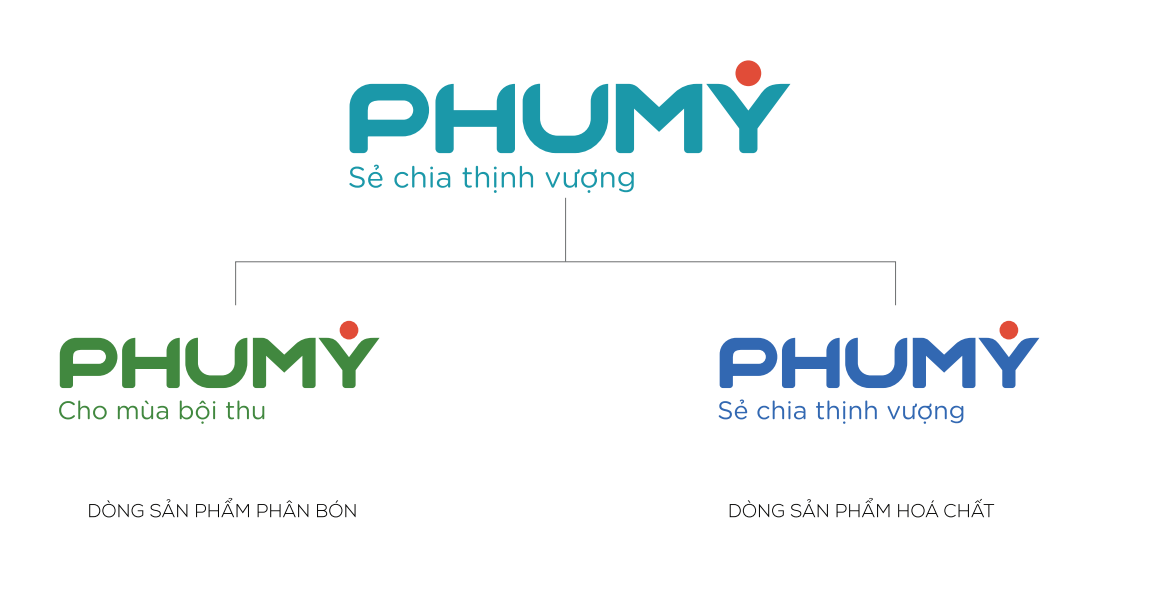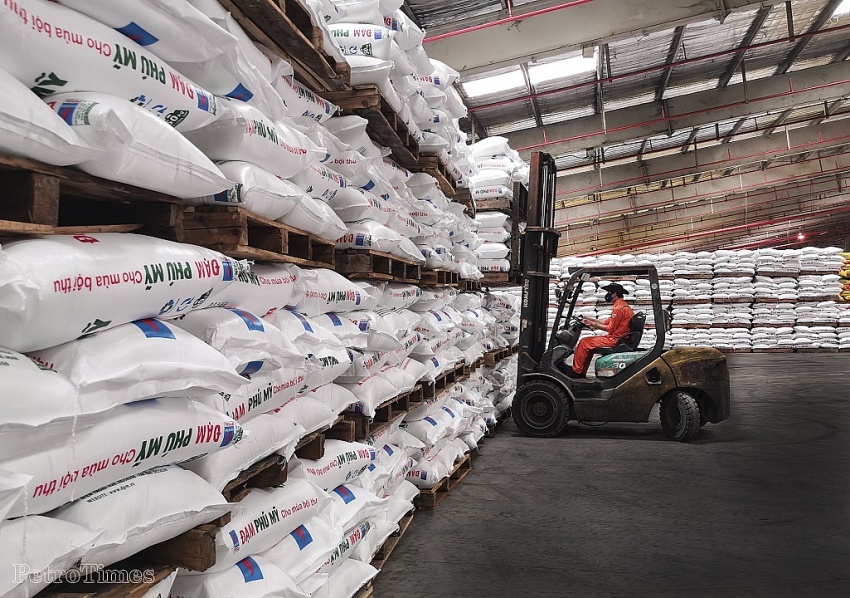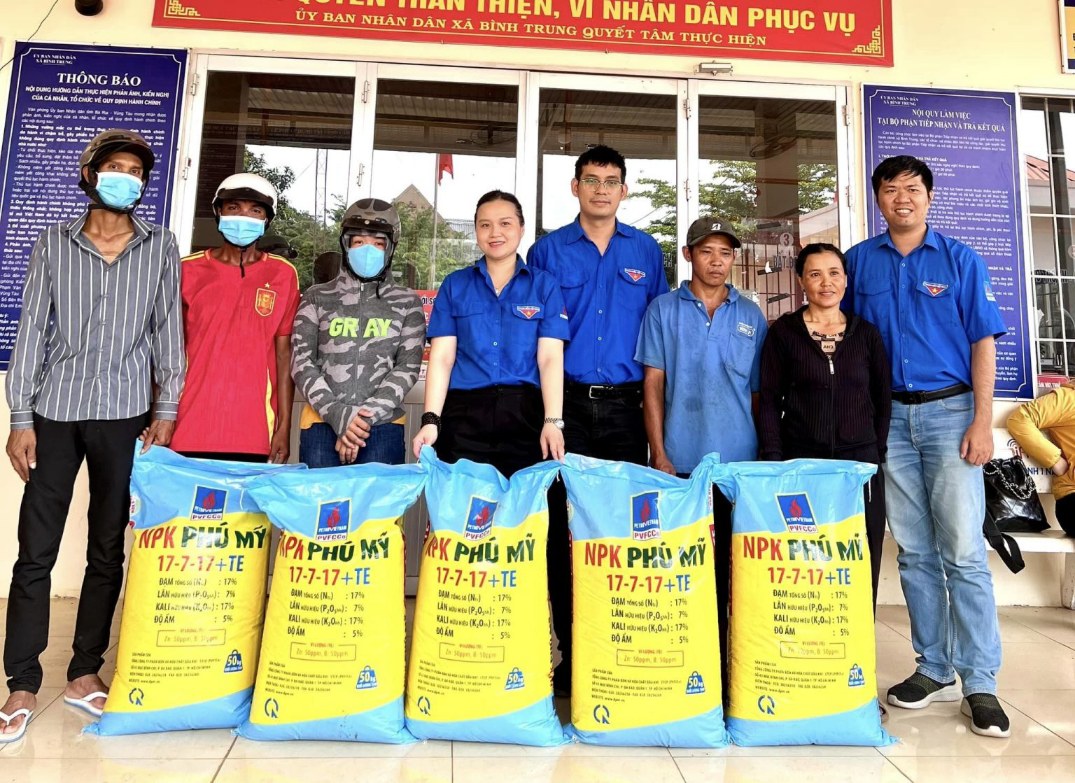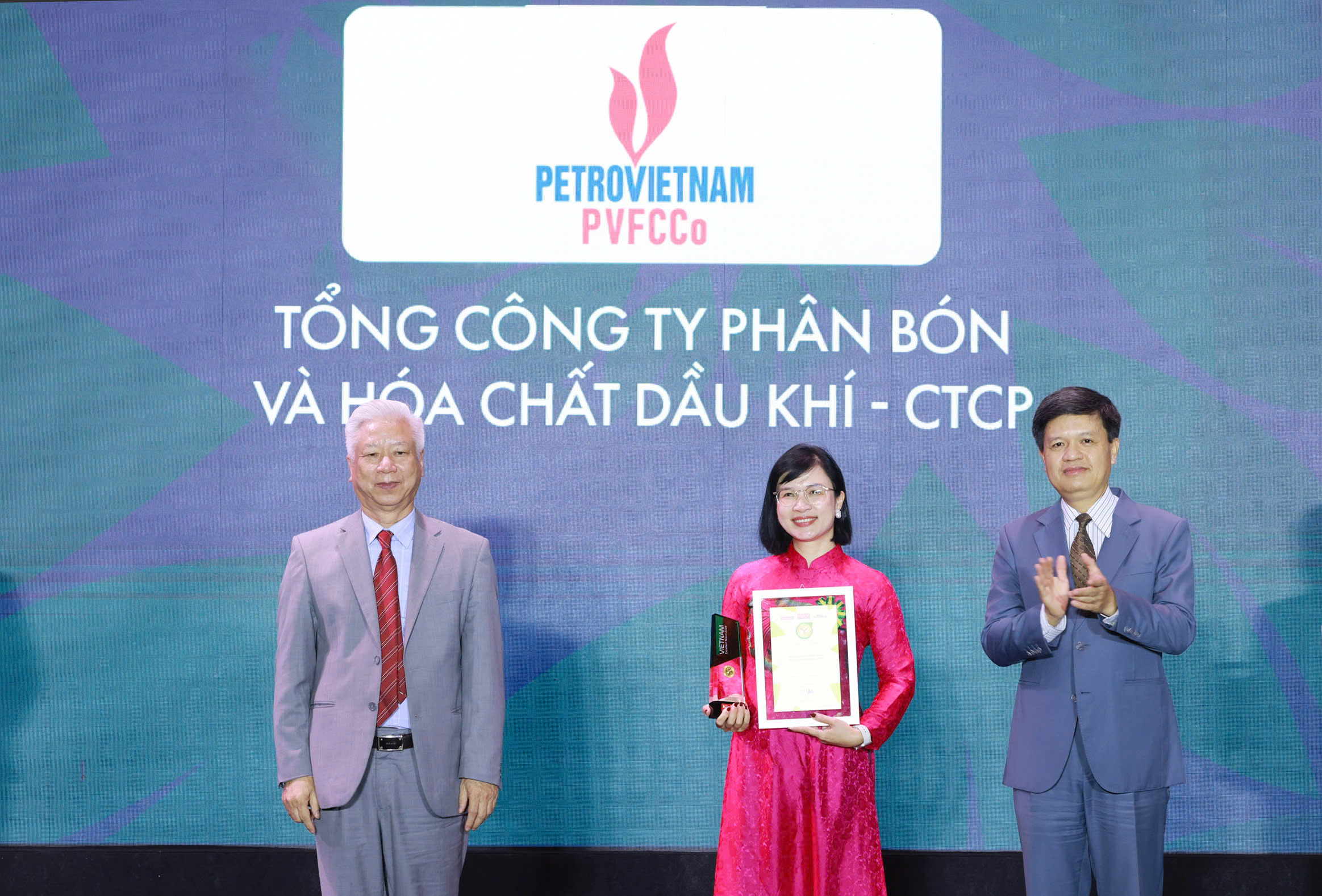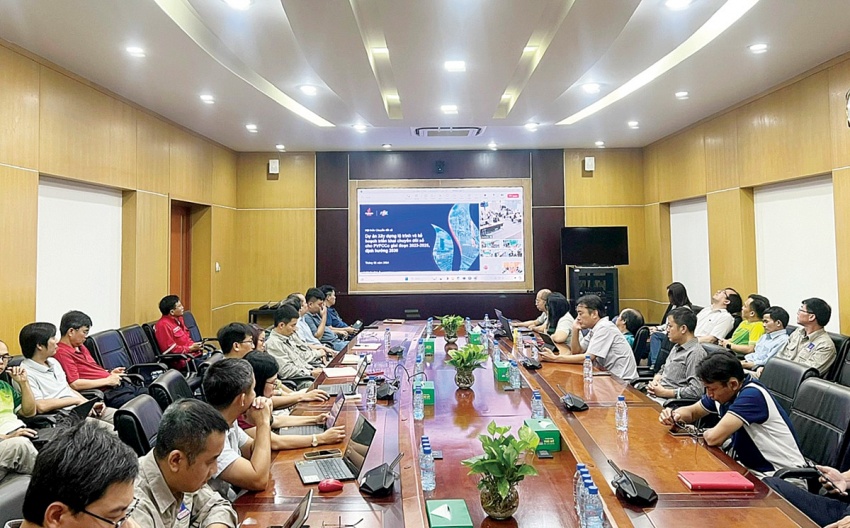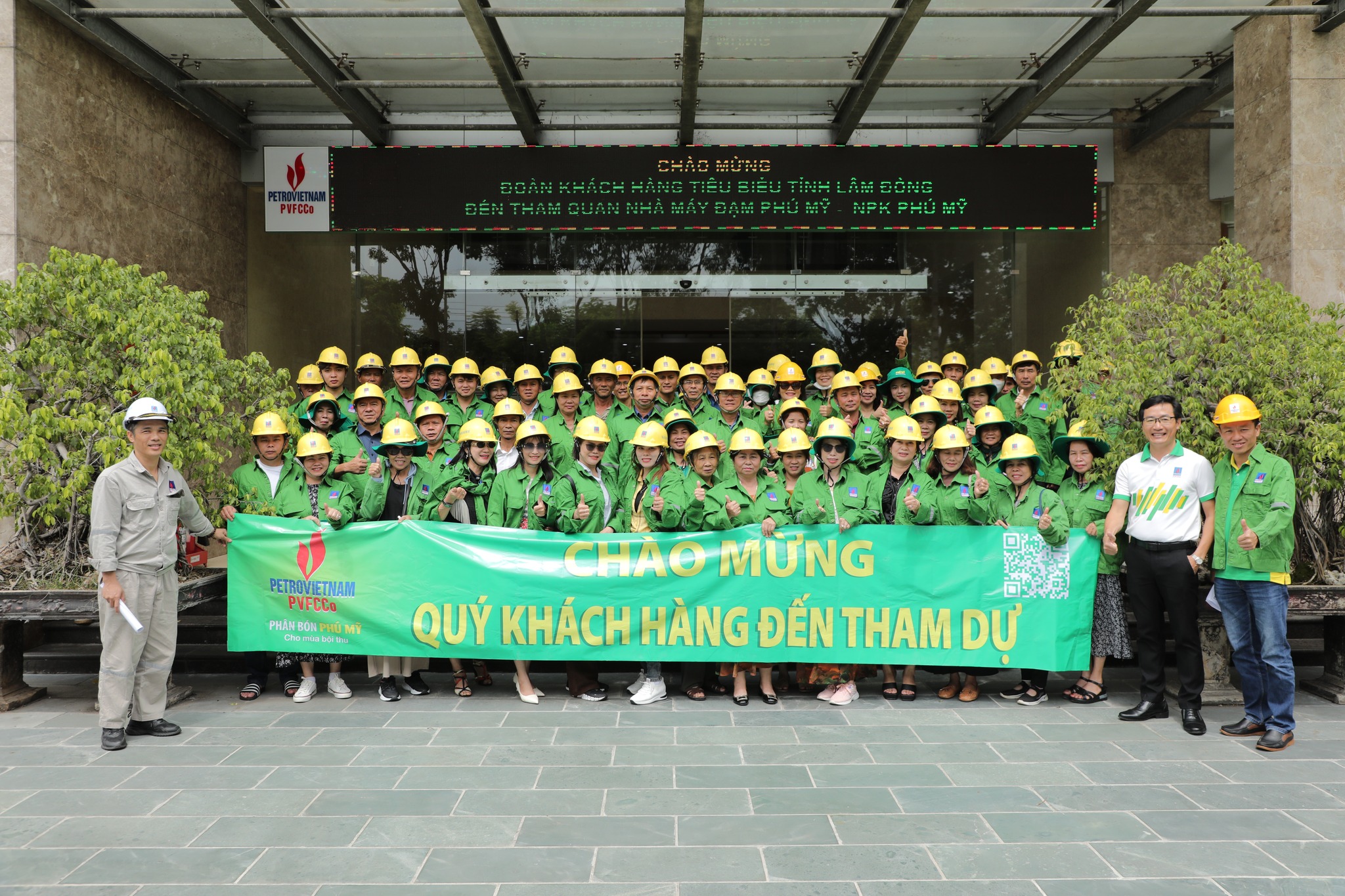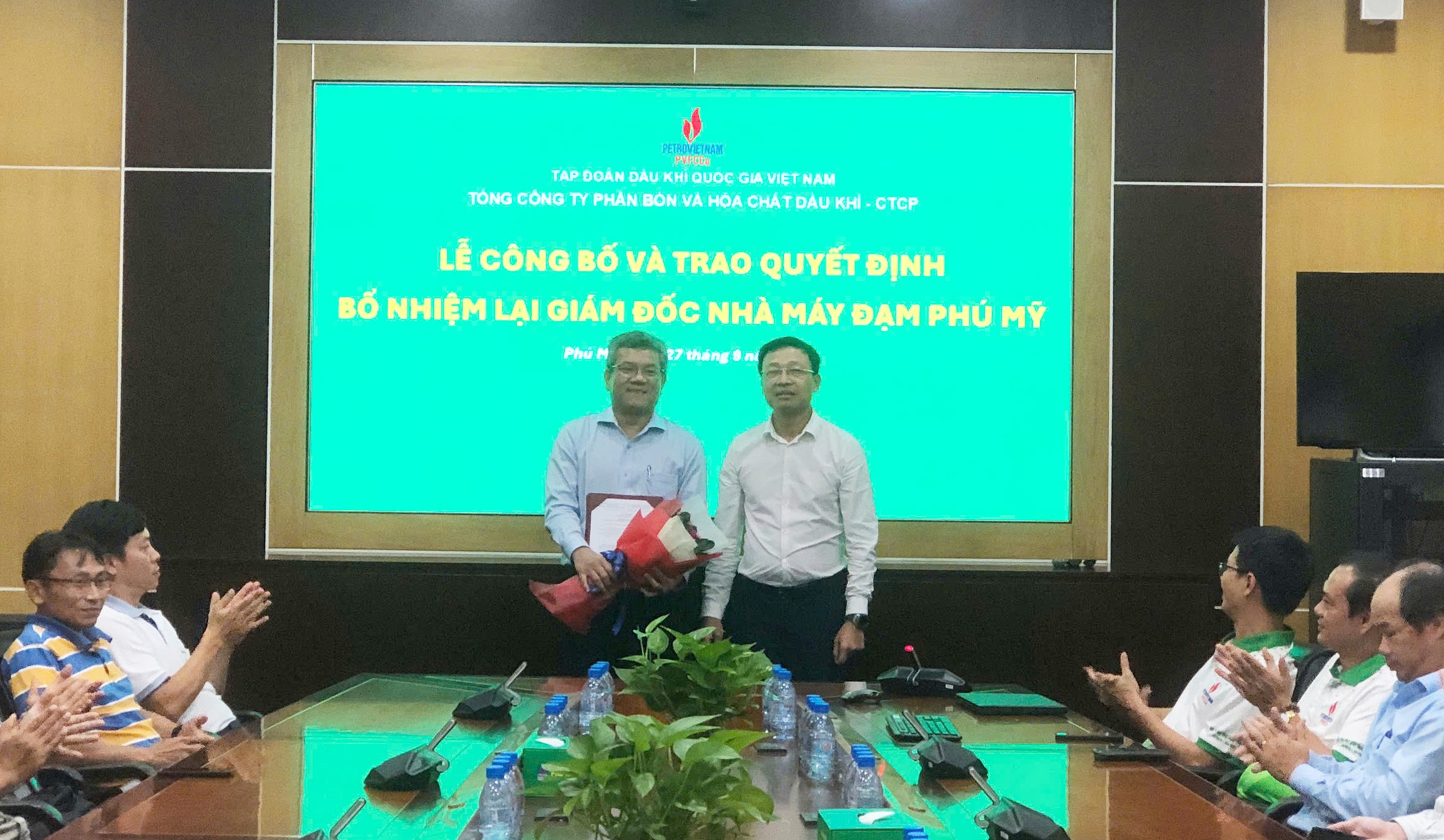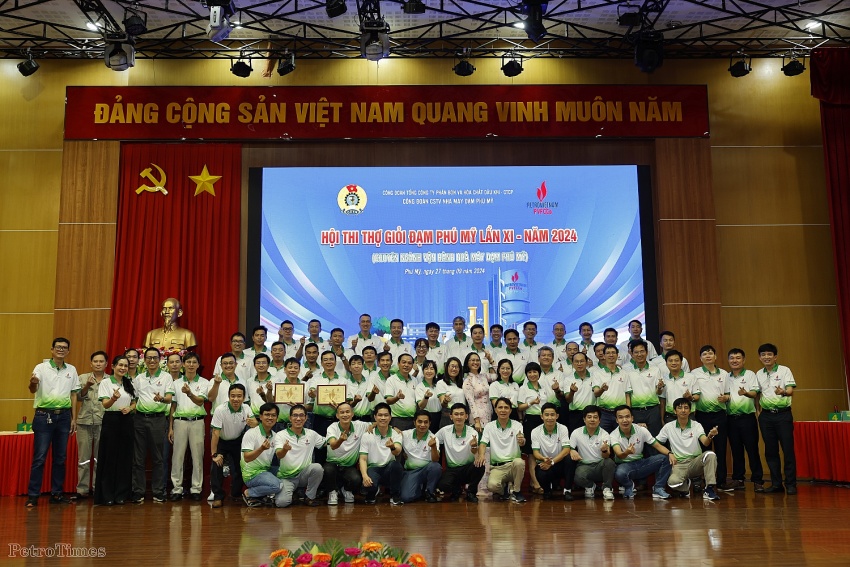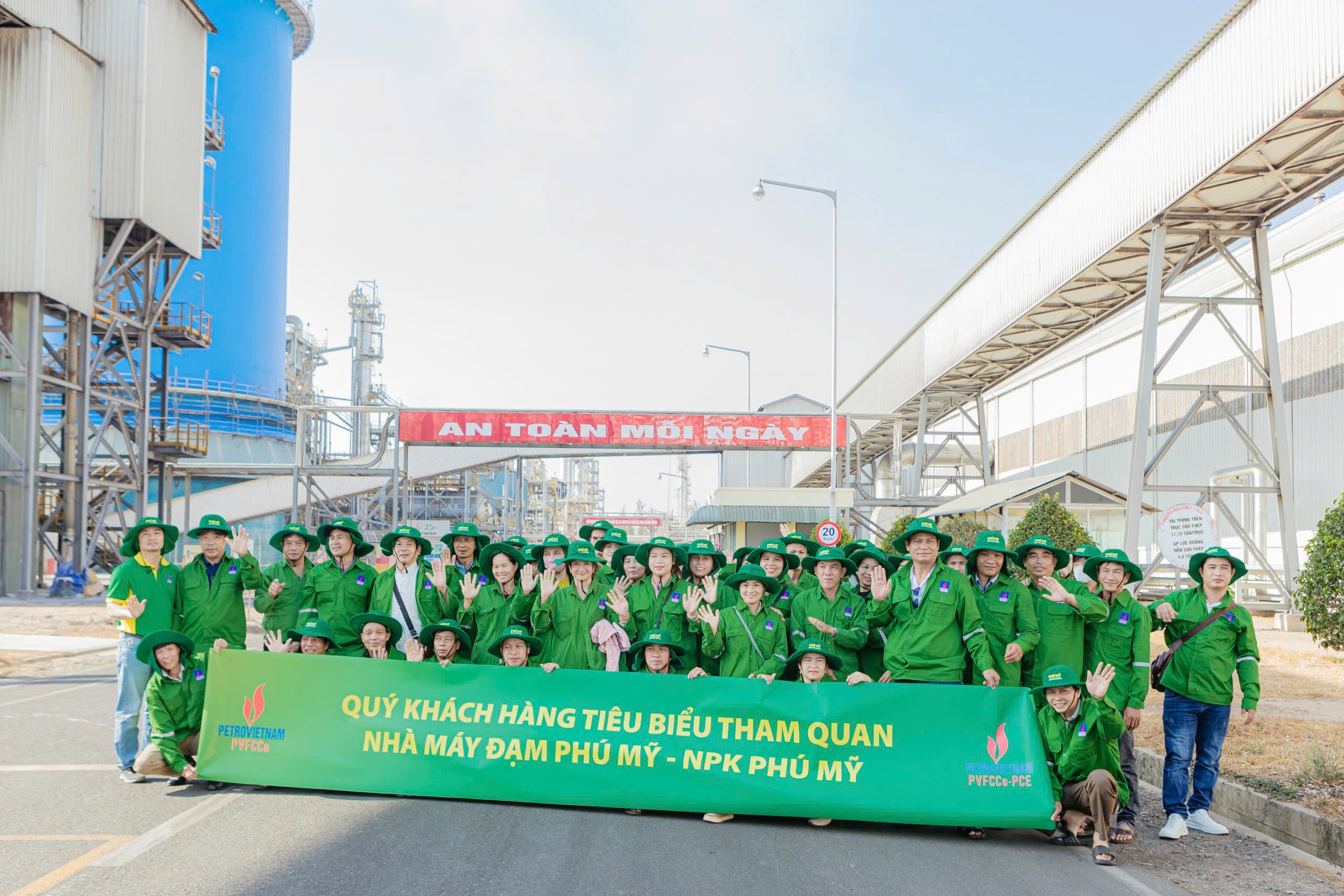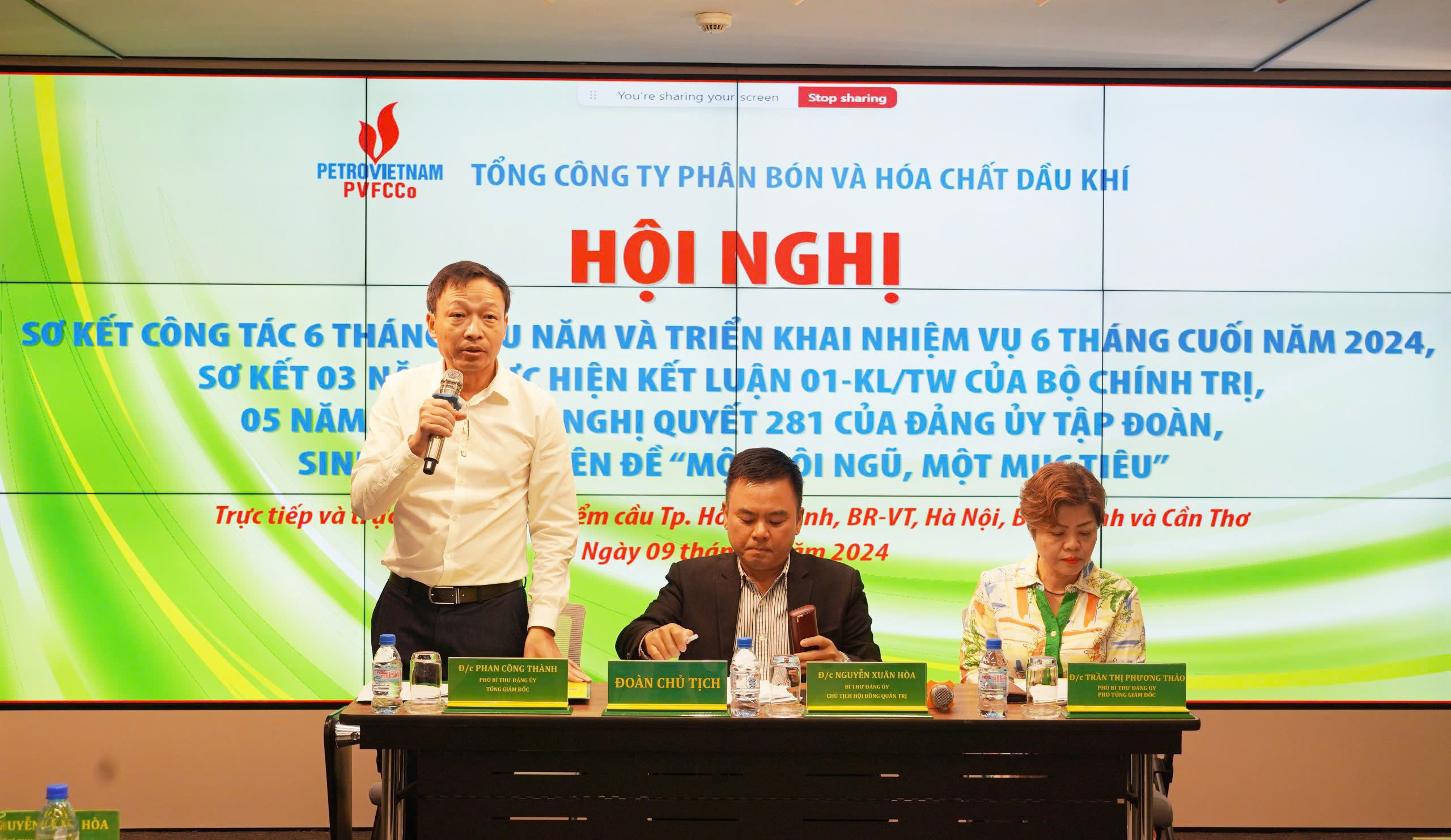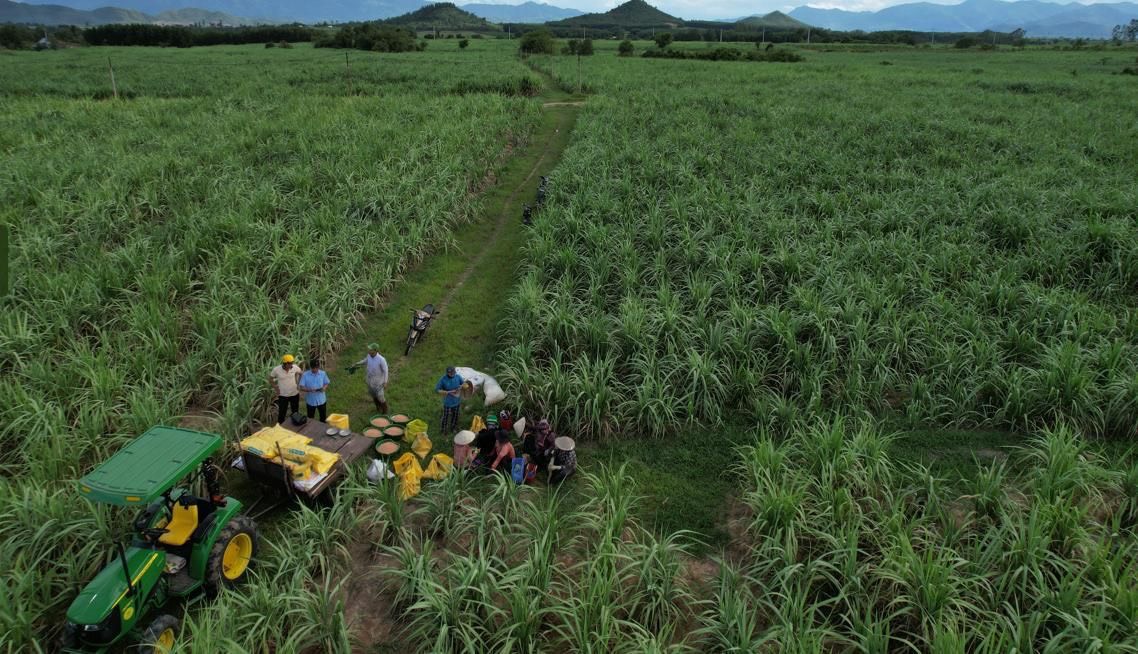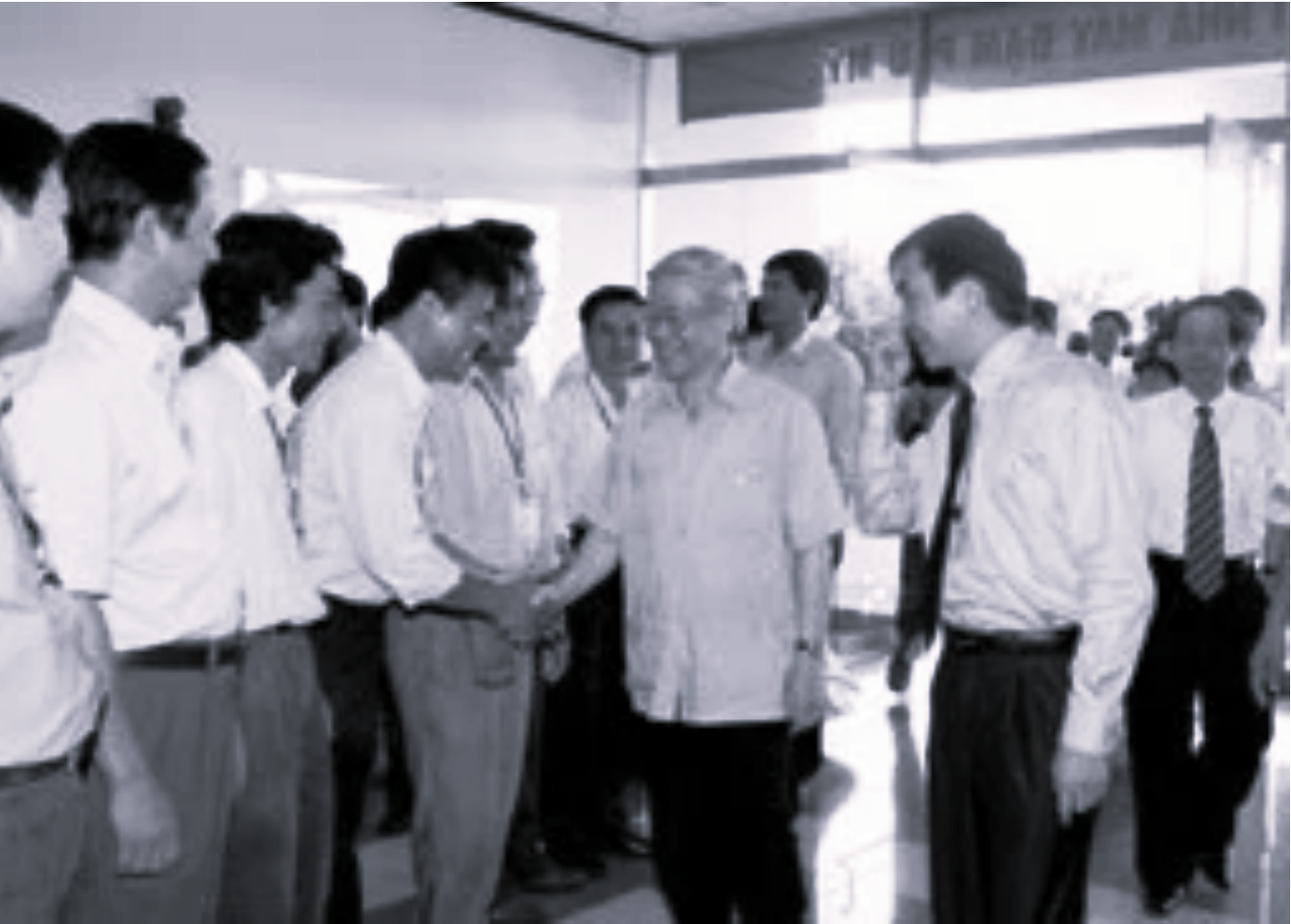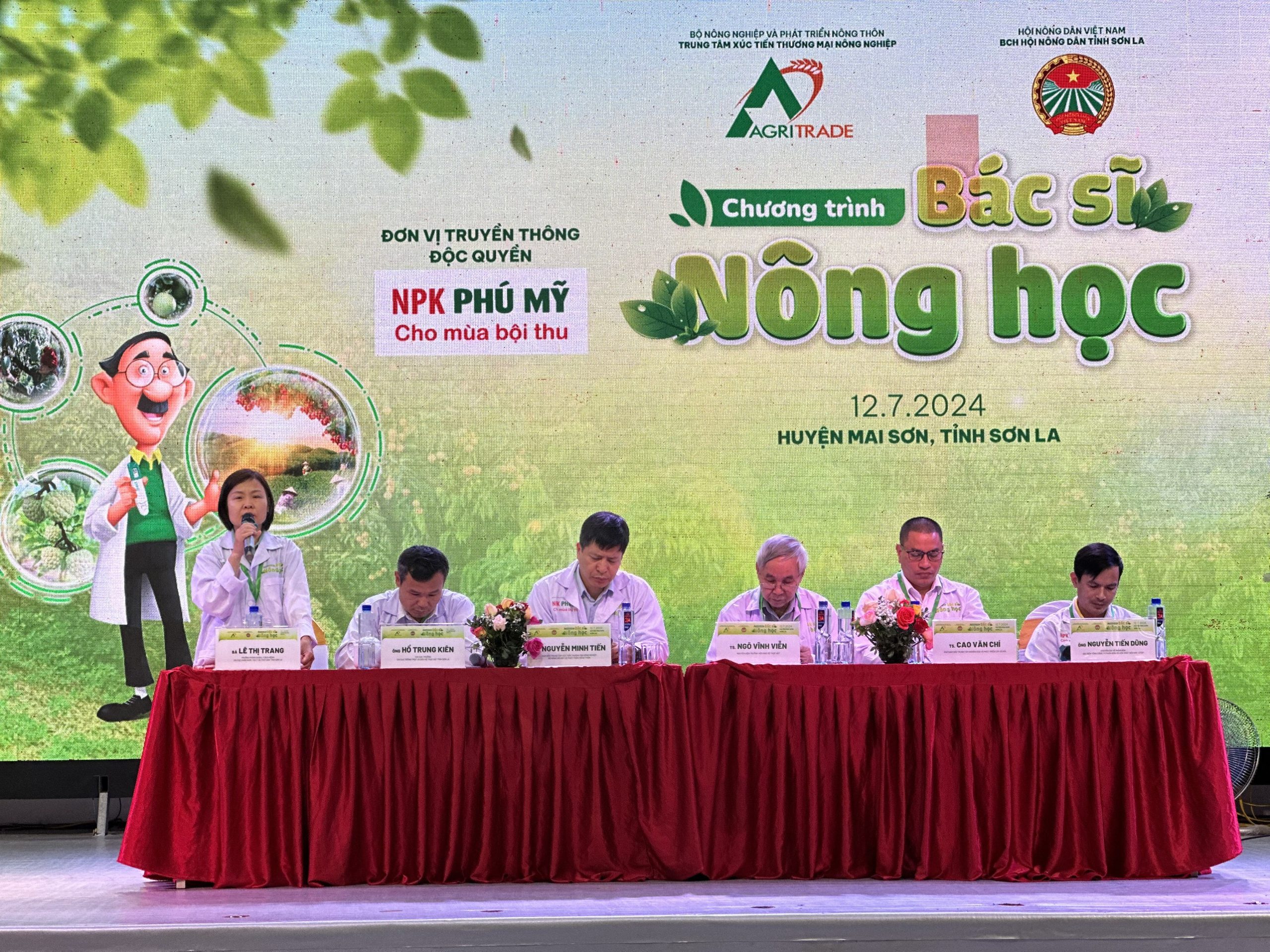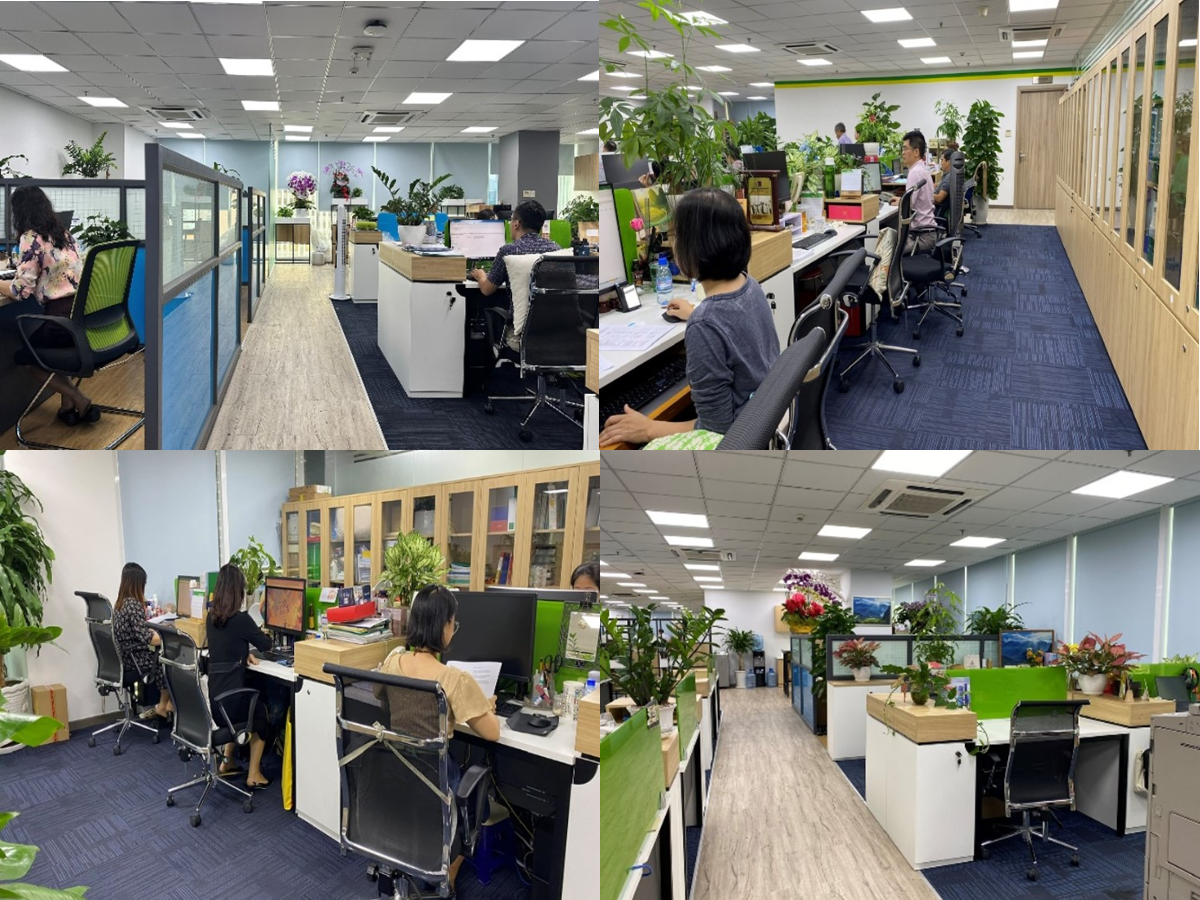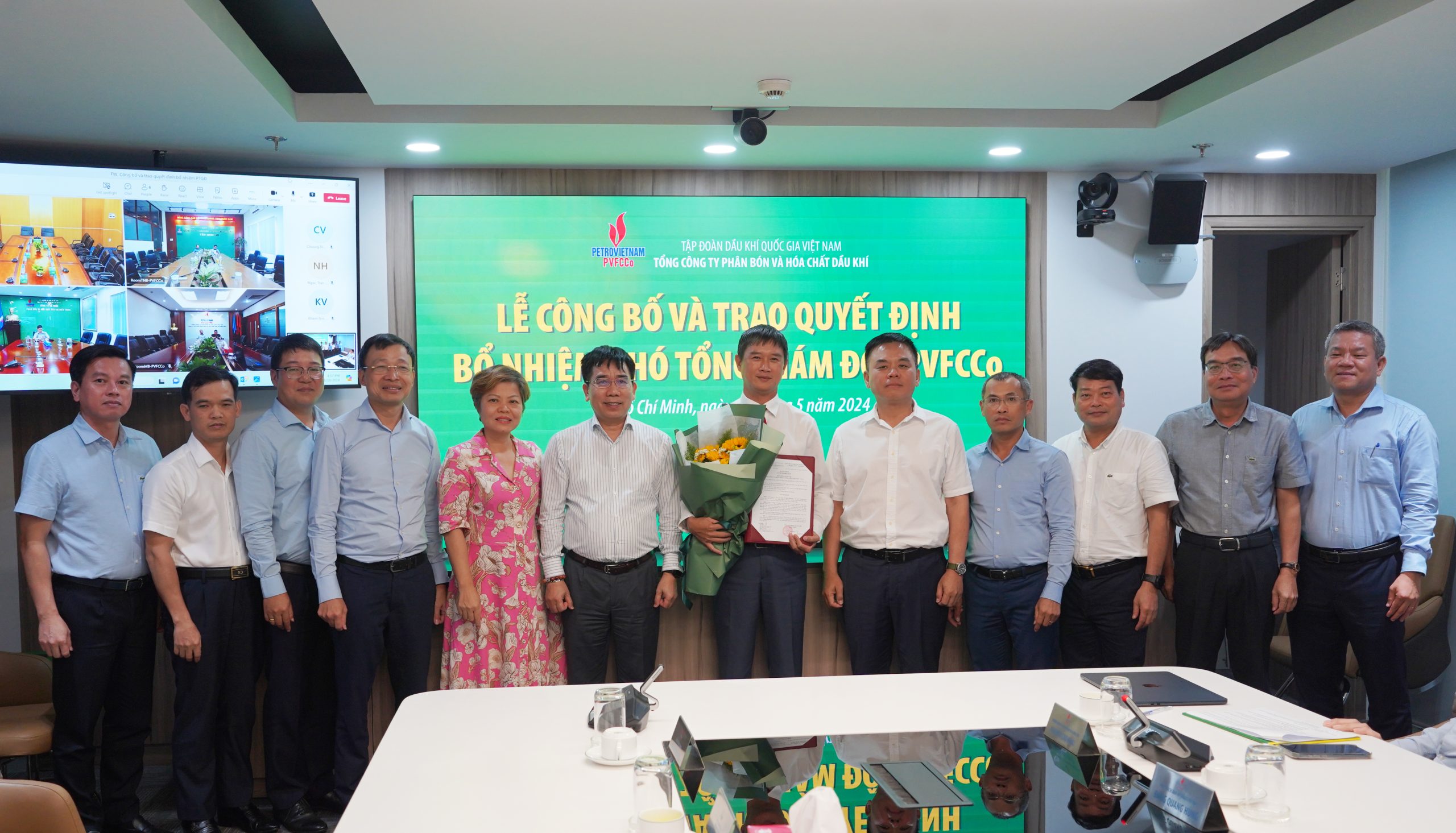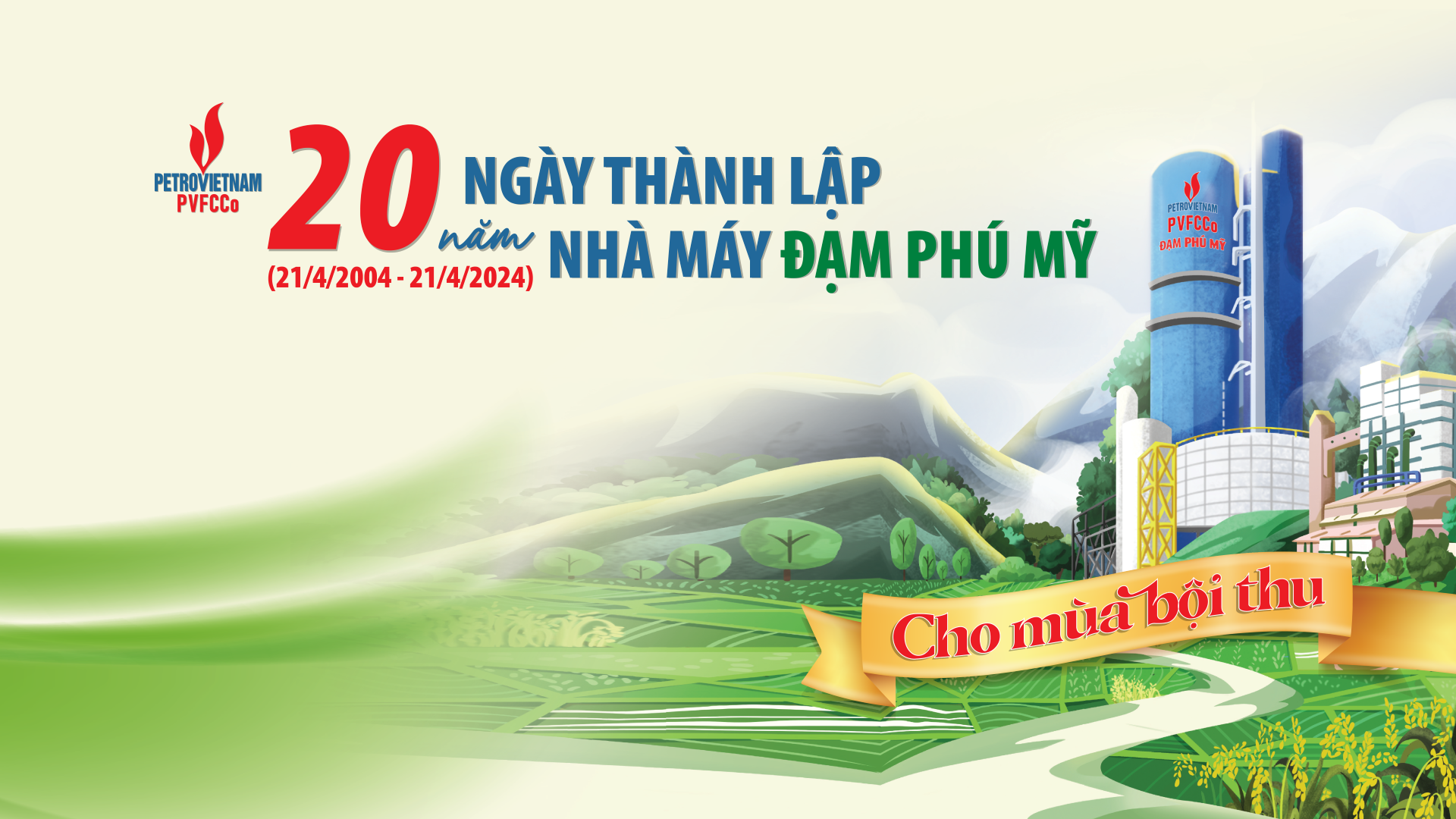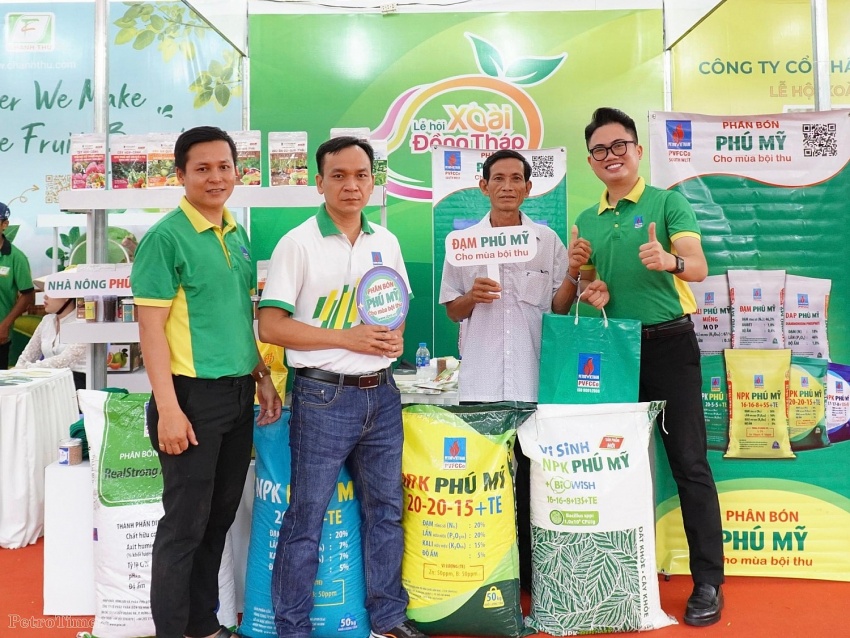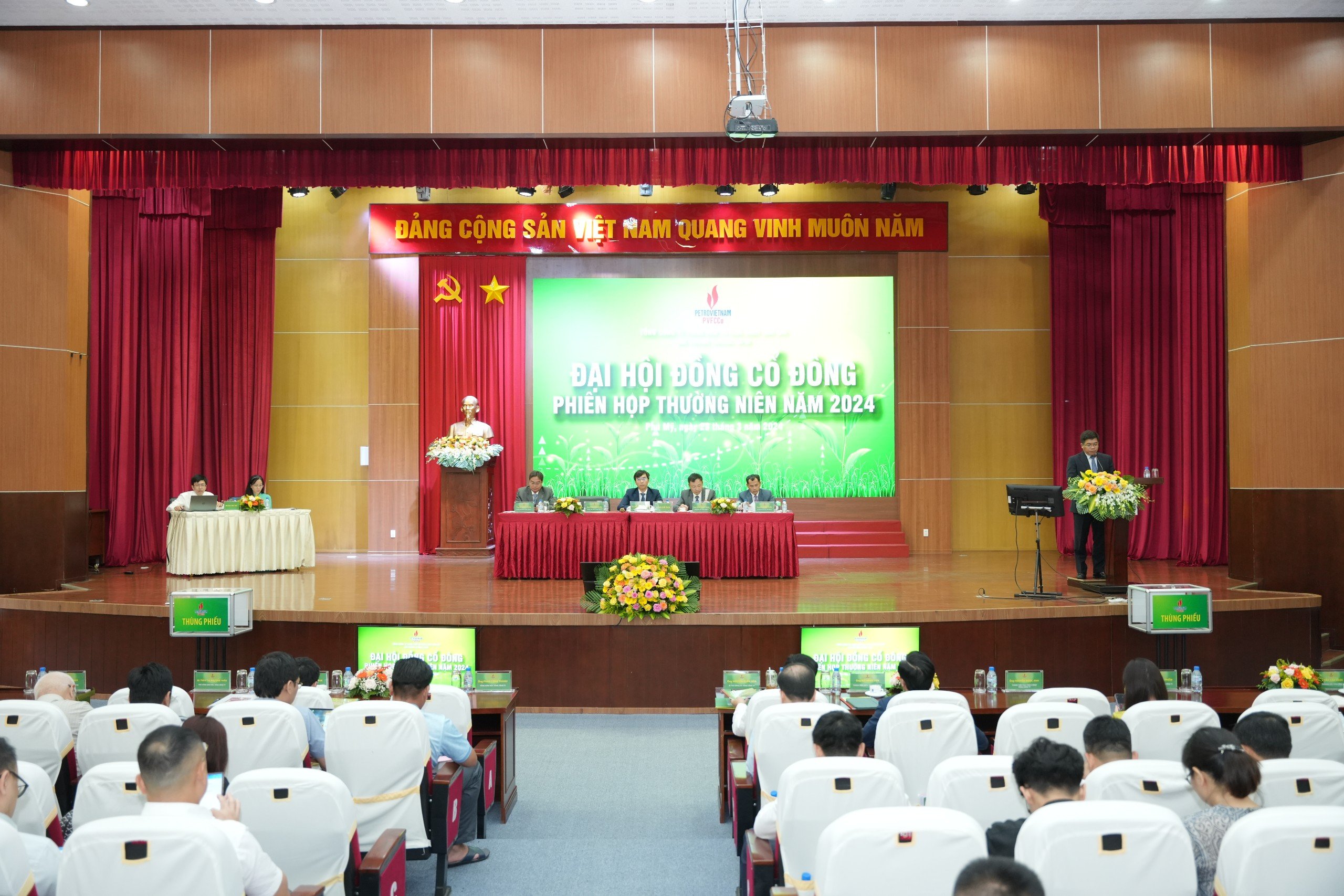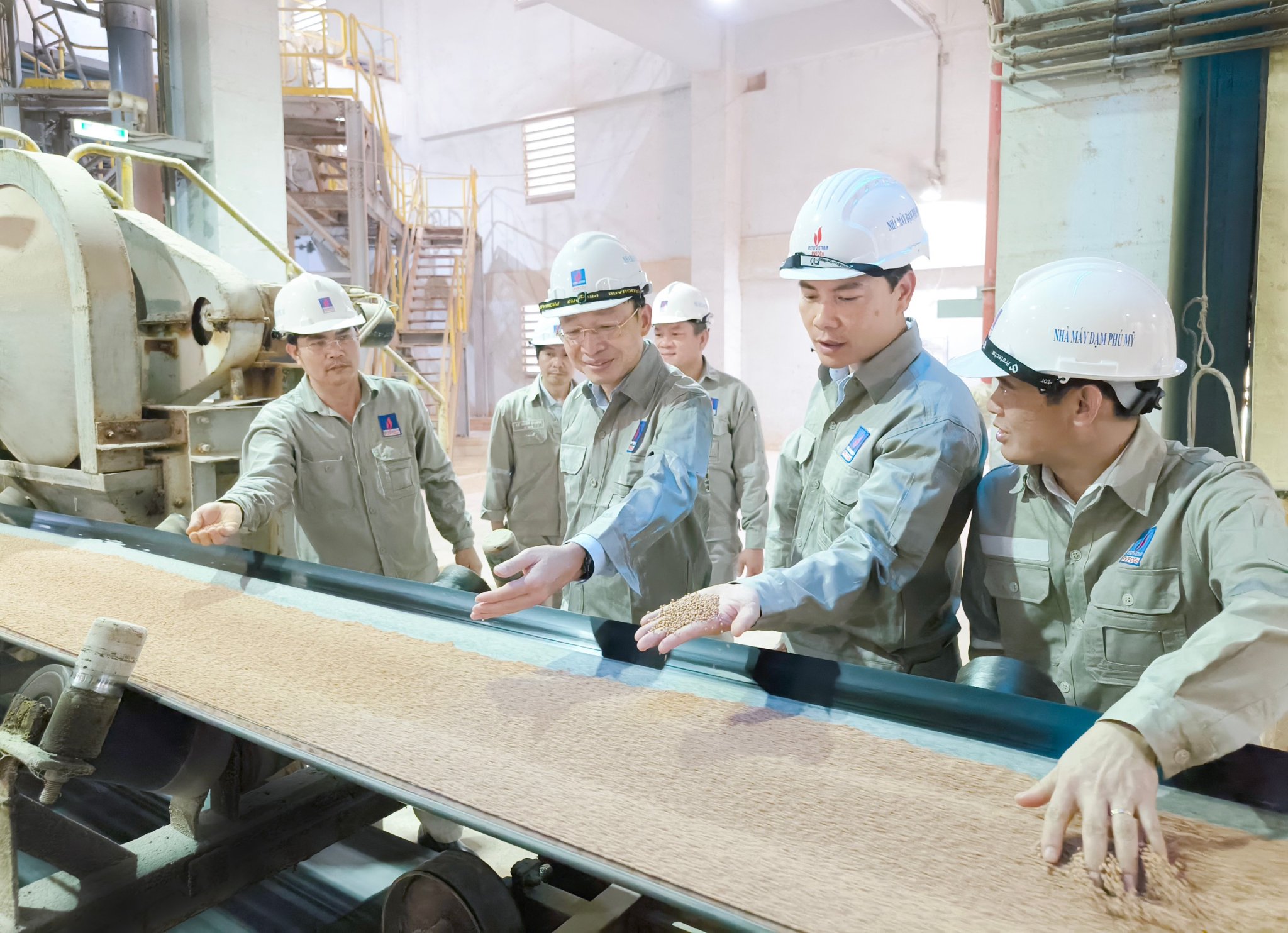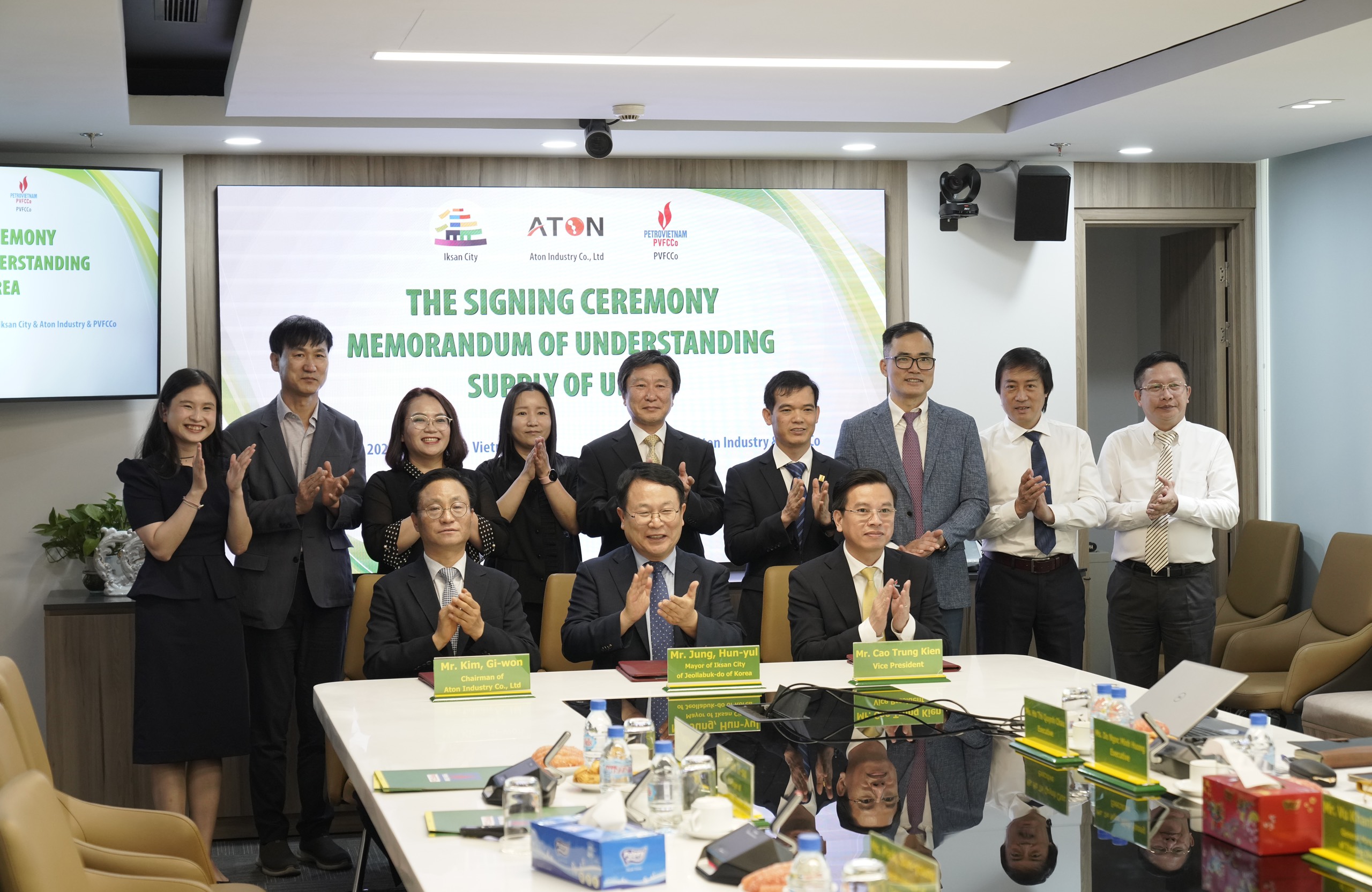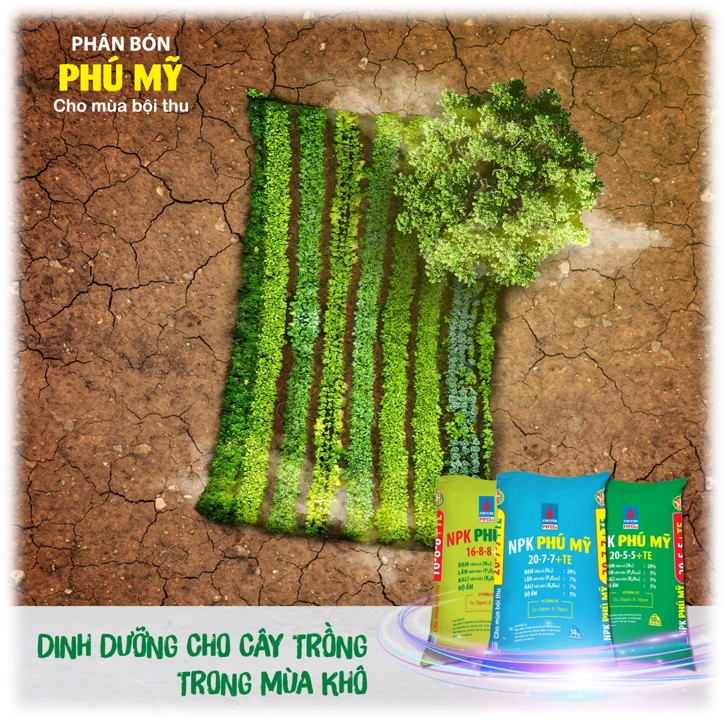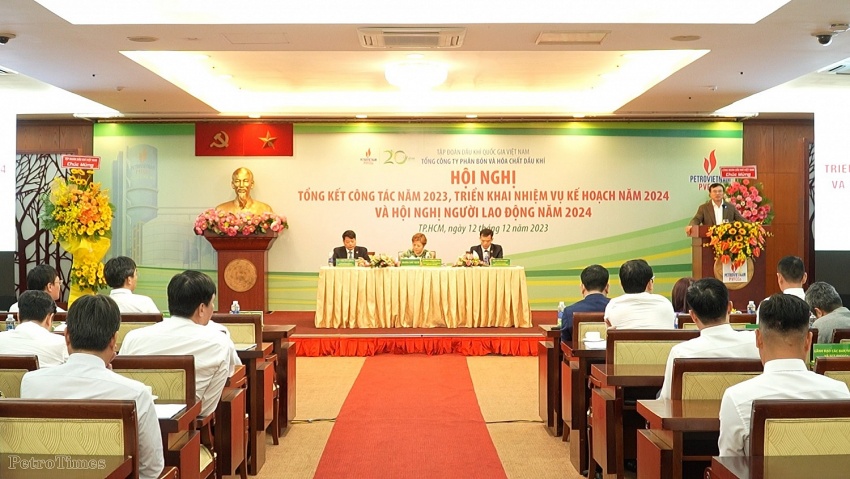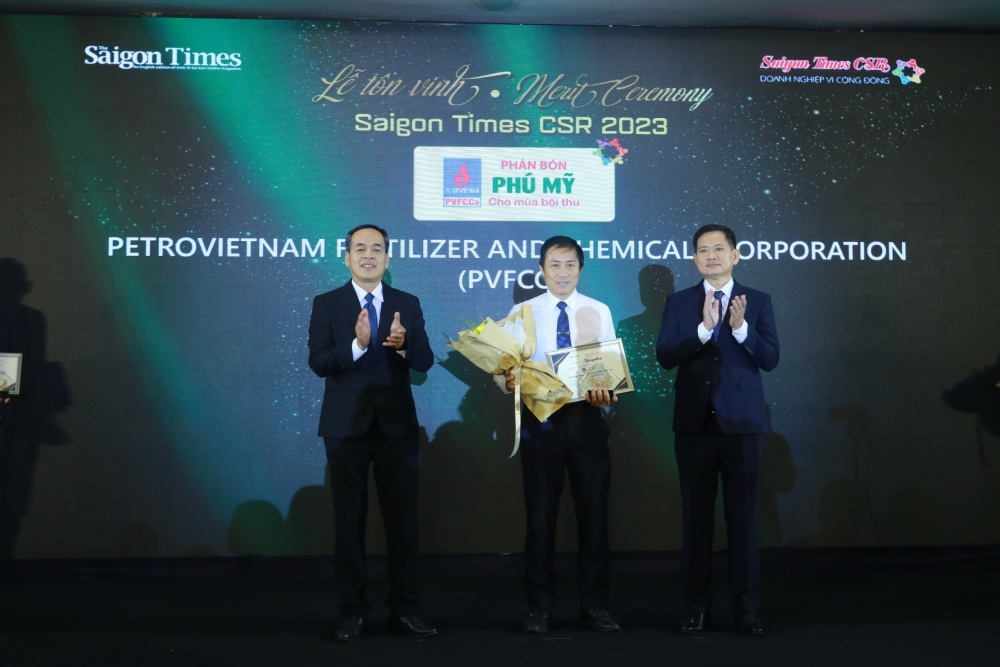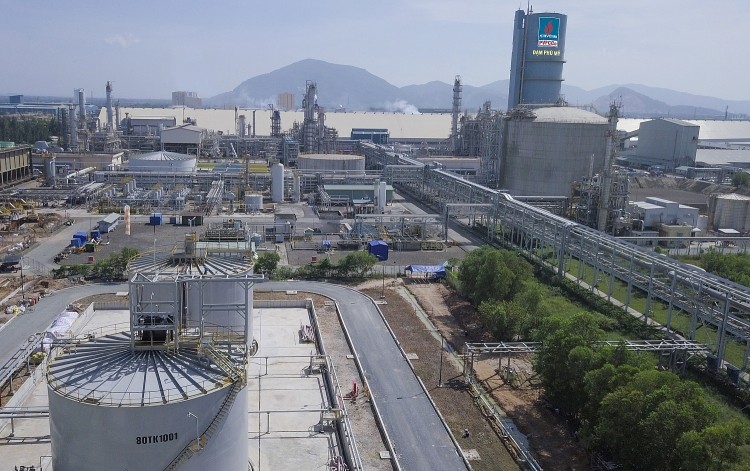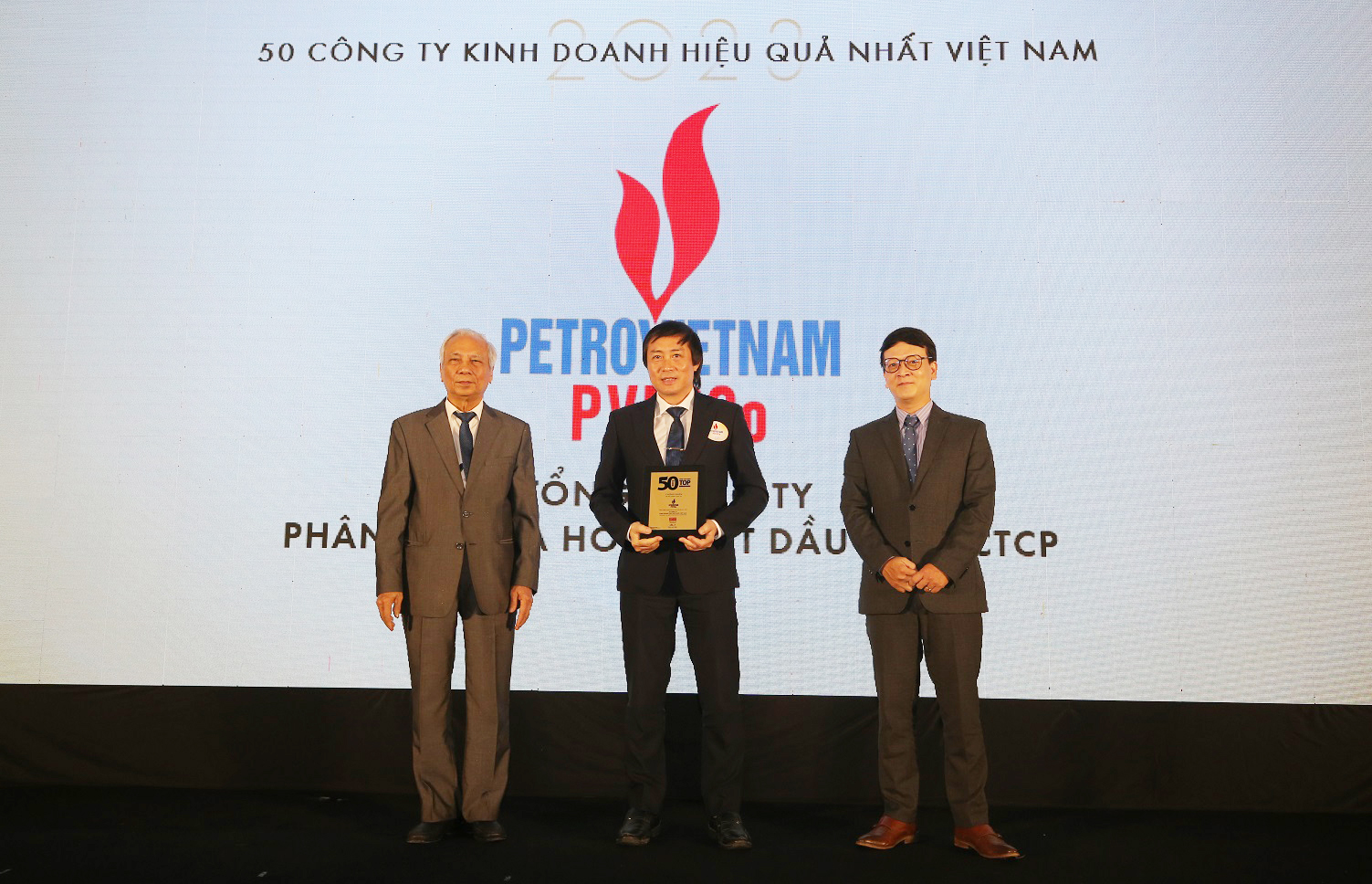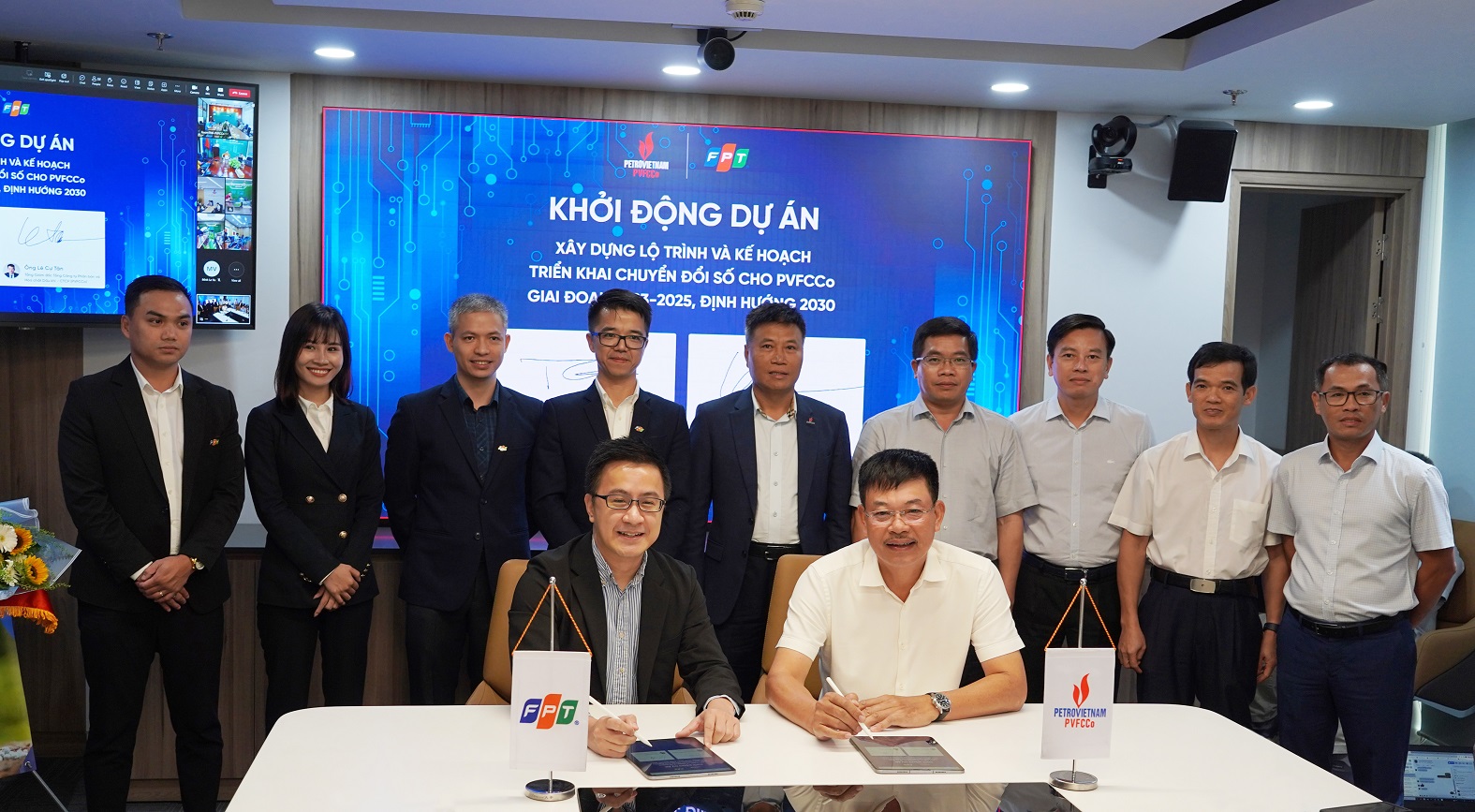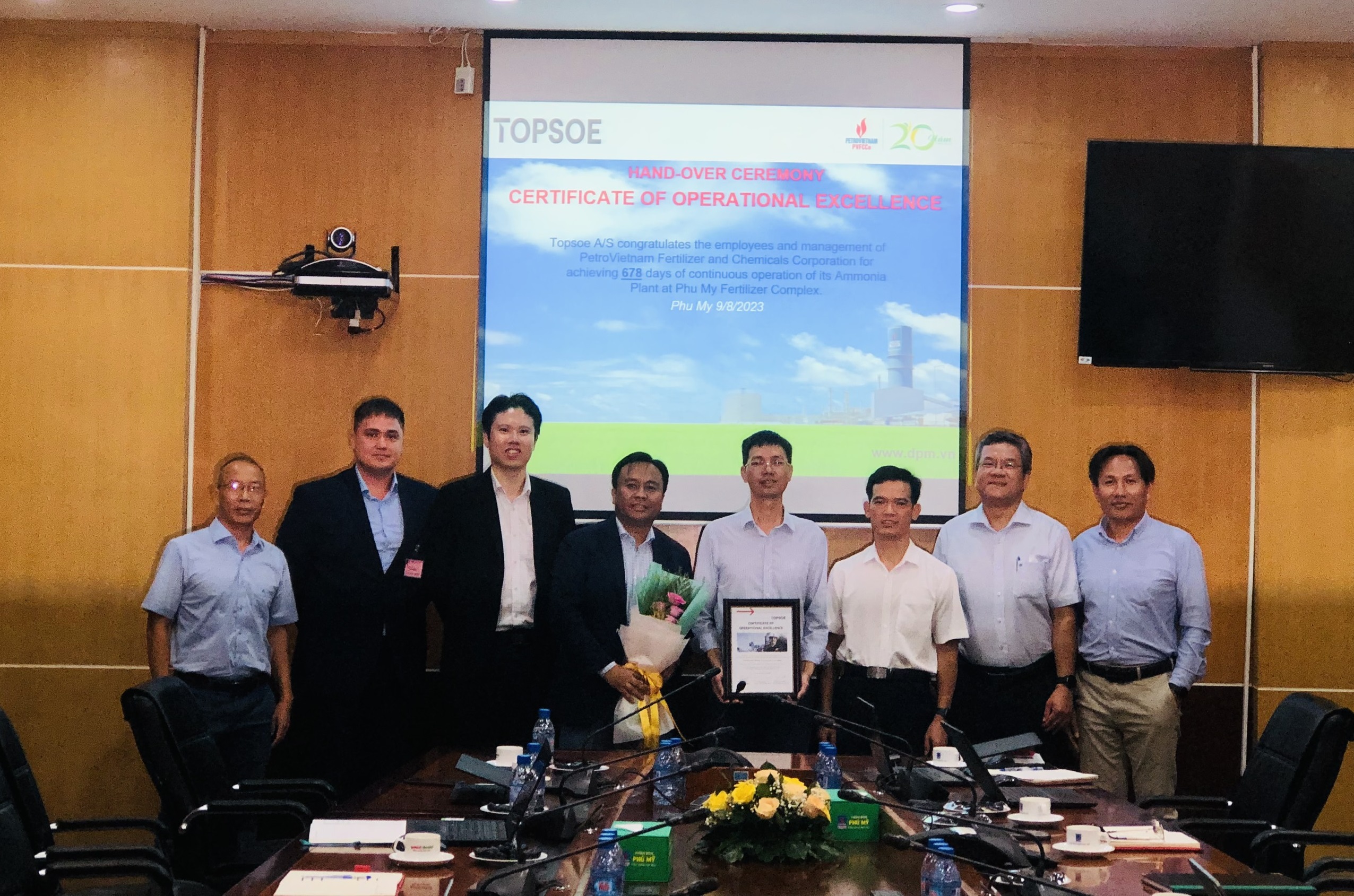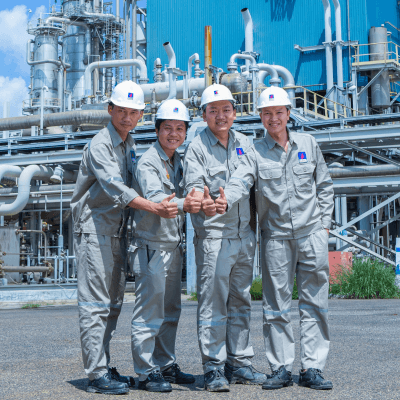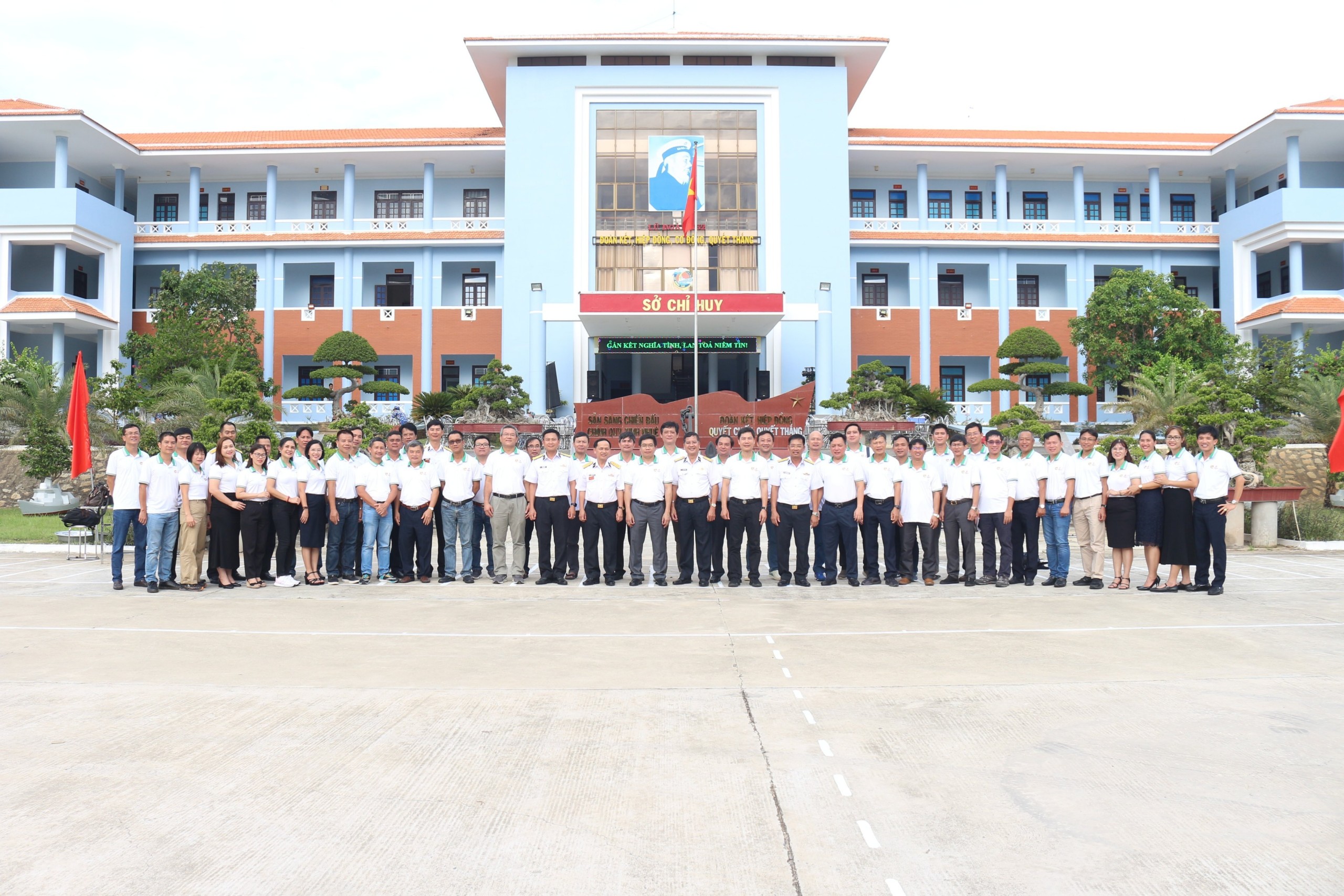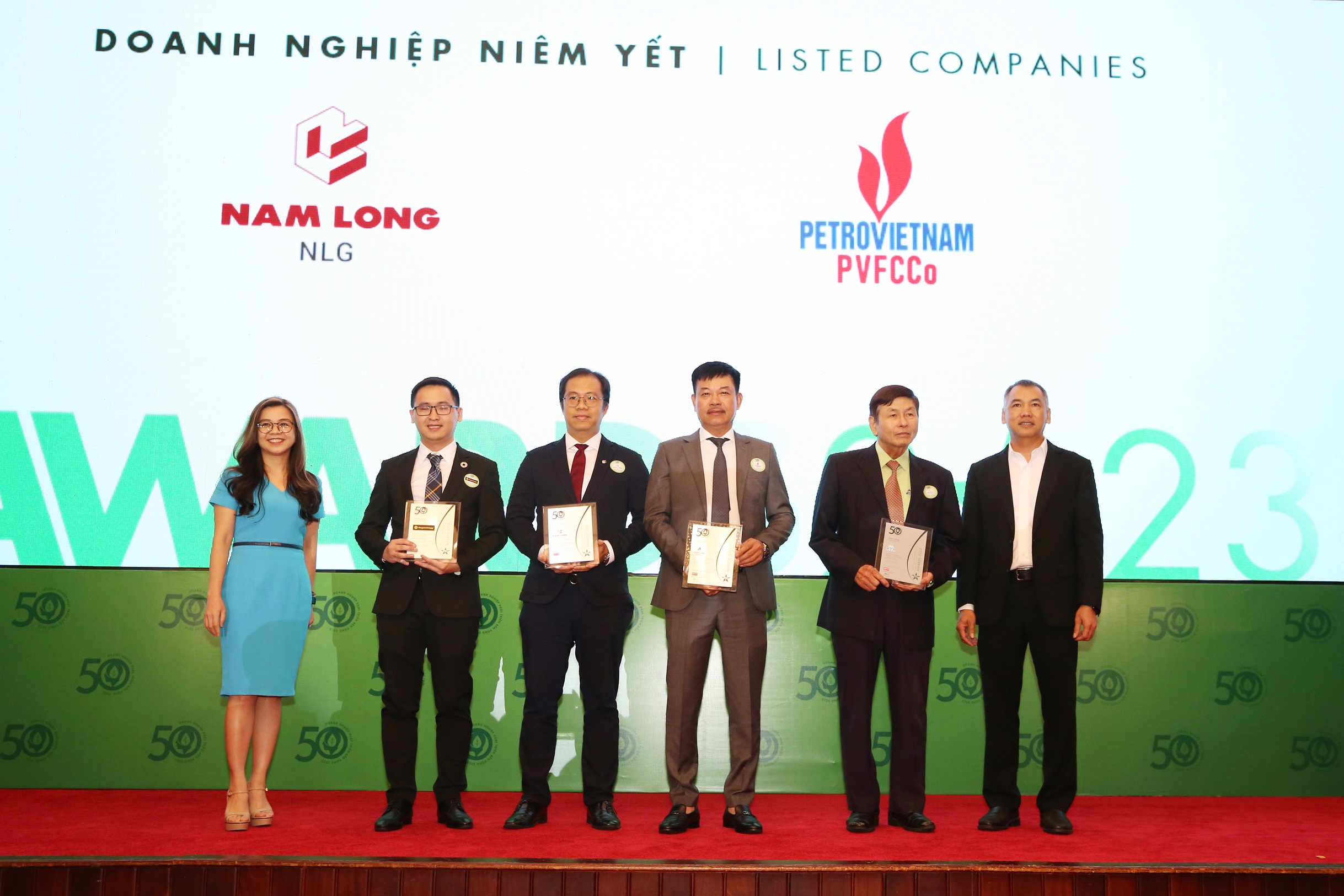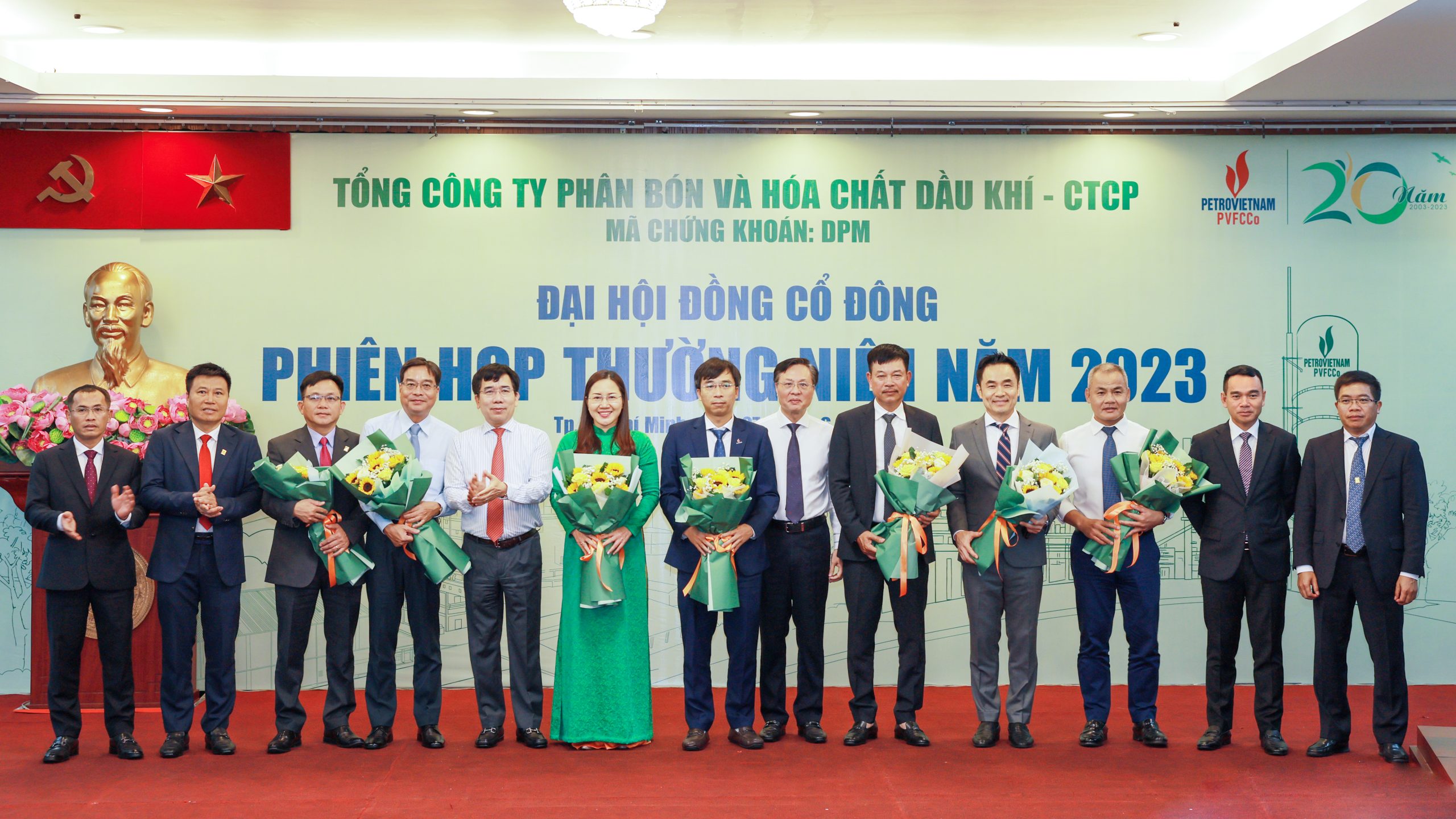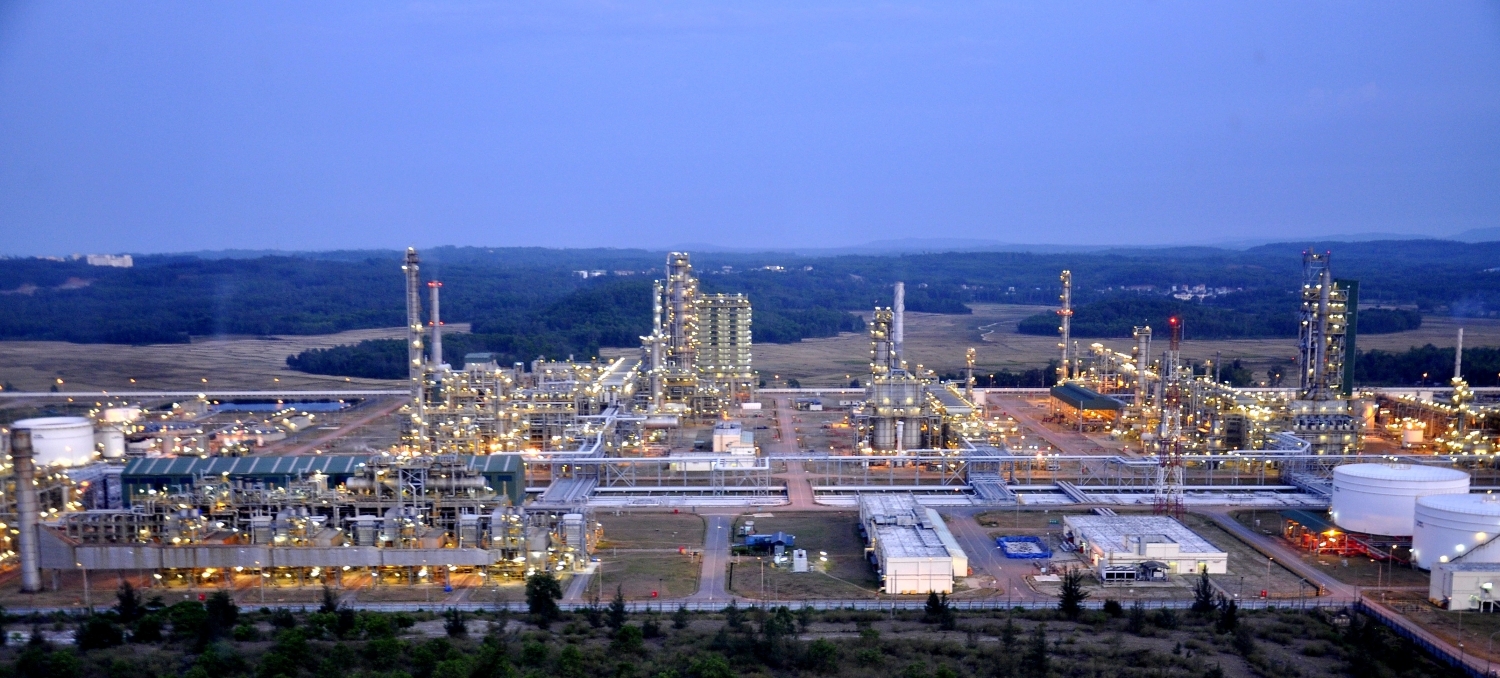thesaigontimes.vn – In 2013, domestic fertilizer manufacturers will have to face real challenges when production capacity for the first time exceeds domestic market demand. It is also forecasted that the price trend in the global fertilizer market will benefit more to farmers than to manufacturers. Competitive ability of each manufacturer will be clearly disclosed this year.
Advantages are going to the end
2012 was a successful year for the four fertilizer manufacturers including two new comers Ninh Binh Fertilizer Company and Ca Mau Fertilizer Company. Both member companies of the Vietnam Oil and Gas Group: PVFCCo providing fertilizer products under Dam Phu My (Phu My Fertilizer) brand and PVCFC with products under Dam Ca Mau (Ca Mau Fertilizer) brand – the two largest fertilizer manufacturers with the total capacity of 1.6 million tons a year, have exceeded planned production and consumption targets. The Ninh Binh Fertilizer Company plant, just coming into operations since September 2012, has operated up to 85% design capacity by the end of the year (560 thousand tons/year).
In 2012, domestic fertilizer supply wasn’t enough to meet demand. It was the first advantage for manufacturers. According to the Ministry of Industry and Trade, fertilizer production output last year reached 1.62 million tons while demand was about 2 million tons.
Price trend in the global market was also in favor of the manufacturers. In the first months of the year, fertilizer prices have continuously increased and reached the peak above 520 USD/ton (FOB price) by the end of April 2012 and stayed stable around 300 – 400 USD from mid-2012 so far.
In 2013, these advantages are no longer available. If operating at full capacity, the fertilizer industry will deliver an output of about 2.36 – 2.4 million tons. Meanwhile, the market’s demand as forecasted by the Ministry of Agriculture and Rural Development still stays at 2 million tons. Overcapacity is also a general global trend. According to Fertecon, fertilizer market researcher and consultant, global fertilizer demand until 2015 will increase by average 3% a year, while increase of supply is 4.3% a year. Fertecon forecasts that global fertilizer price in 2013 will vary only around 365 – 435 USD/ton. This will bring pressure on domestic fertilizer manufacturers.
Mr. Nguyen Hong Vinh – Deputy General Manager in charge of PVFCCo’s fertilizer business had an evaluation on the Vietnamese fertilizer market situation in 2013 as follows: “The advantages will transfer from seller to buyer making the competition more and more drastic”.
This year is decision time on the winners
Domestic fertilizer demand is probably stable at 2 million tons, in which southern regions occupy 60%, northern regions 25% and central regions only 15%. However, fertilizer supply hasn’t stopped. In the next two years, if the expansion project of Ha Bac Nitrogenous Fertilizer and Chemicals Company (Ha Bac NFCCo) is accomplished and Cong Thanh Fertilizer project comes into operation, fertilizer production capacity will exceed 3.2 million tons a year, not to mention products imported from China, a “trouble-maker” in the market.
It is said that 2013 is an important year for enterprises to establish their position in the fertilizer market.
Among the four manufacturers, Ha Bac NFCCo and PVFCCo have advantages of their predecessors. Phu My Fertilizer Company plant under PVFCCo was completely depreciated since 2010. This enterprise also has strong financial resources. According to financial reports, by the end of the third quarter of 2012, cash and cash equivalents of PVFCCo were approximately 5,700 billion dongs. With such advantage, PVFCCo is able to flexibly adjust the price to maintain its competitiveness. In addition to main product that is urea fertilizer, PVFCCo and Ha Bac NFCCo also do business with various chemicals to serve industrial and agricultural sectors, allowing them to flexibly switch production to meet the market’s demand.
Ca Mau Fertilizer Company and Ninh Binh Fertilizer Company have least of these advantages. As new projects, ensure cash flow for payment of investment loan and interest of working capital loan will bring constant pressure on these manufacturers. In particular, invested capital to build Ca Mau Fertilizer plant is about 780 million USD and 667 million USD to build Ninh Binh Fertilizer plant. This cost will have a huge impact on these enterprises’ product price.
Additionally, the market’s fertilizer demand is not regular but depends on crop seasons, so the question of organization of reserves and supply is very important. Supply at the right time is a vital question. This mainly depends on how the enterprise organizes its system of reserves and supply network. It is also a challenge for new comers in the market.
However, Ca Mau Fertilizer Company’s product also has its own advantage. Thanks to production of granular urea which is raw material used in production of NPK, the enterprise immediately had major customers such as domestic NPK manufacturers. Last year, NPK output made in Vietnam reached 3.2 million tons.
Export is the solution
Nearly 400 thousand tons of urea in excess may be hopefully disposed through the export market. Fortunately for Vietnam, the other countries in the Southeast Asia are importing urea a lot. Demand for imports of urea in only four countries Thailand, Myanmar, Philippines and Cambodia reaches 3.65 million tons a year.
According to the General Department of Customs’ data, in 2012 Vietnam exported 1.345 million tons of various fertilizers, increasing 25.4% compared to 2011, with total export turnover worth more than 554 million USD. Most of exported fertilizers are NPK.
PVFCCo was the top exporter of urea in particular with 100 thousand tons last year. The main import markets consisted of Myanmar, Cambodia, Philippines, South Korea, Japan, Thailand… Official and unofficial exports of Ca Mau Fertilizer Company were between 40 – 45 thousand tons. Besides, Ca Mau Fertilizer Company also indirectly exported to foreign markets by exporting NPK. Similarly, Ha Bac Fertilizer Company has exported to various countries in the region including Australia.
Domestic manufacturers are exporting their products at domestic market selling price equivalent. It means our products are competitive enough in not only the competition of quality but also price.
On the other hand, to face the competition from China and major infrastructure disadvantages, Vietnamese manufacturers need to make great efforts in increasing exports to sell out all the urea in excess. The most worrying competitor for Vietnam is urea from China and the Middle East. Manufacturers from the Middle East are granted with the advantage of cheap gas price which makes their product price much competitive. And Chinese manufacturers, with the production capacity of 61 million tons a year, have plenty of favorable conditions to provide various export prices that none of their competitors in Southeast Asia can withstand. Export infrastructure is still inadequate, in particular for plants locating far from the international ports.
In general, it is seen that in the market situation in 2013 and the next coming years, each enterprise will have its own strengths: PVFCCo is still the most dominant manufacturer to stay at the current leading position; PVCFC has its own advantage in granular urea delivered by Ca Mau Fertilizer Company and exports to neighbor markets such as Thailand and Cambodia; Ha Bac and Ninh Binh Fertilizer Company will also have certain advantages in the provision of fertilizers for the traditional market and the key markets in northern regions.


